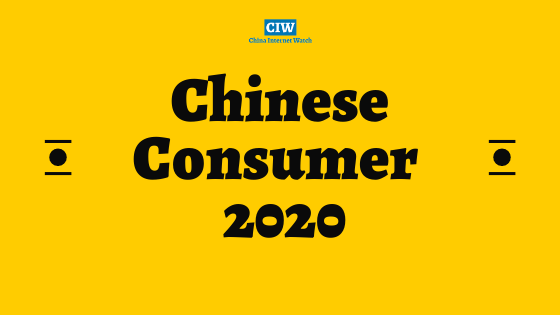
5 Chinese consumer trends in 2020
In spite of the fact that it’s possible the development rate for Chinese shopper spending will be somewhat lower in 2019 than in 2018, the
China Internet Stats, Trends, Insights
Find out China consumer stats insights including Chinese consumer behavior, china consumer price index, china consumer confidence, etc.

In spite of the fact that it’s possible the development rate for Chinese shopper spending will be somewhat lower in 2019 than in 2018, the

The latest data from Kantar Worldpanel shows that there were 22 Fast Moving Consumer Goods (FMCG) companies reaching over 100 million urban Chinese households during

The men’s beauty market in China looks to be more promising than in many other parts of the world, according to new research from Kantar

In today’s consumer environment, the market competition of FMCG has been very competitive, and major brands are trying their best to seize the new generation

The China New Economic Research Institute and Alipay jointly issued the first “Post-90s Savings Report” in July 2019. The report shows that 92% of the

collection of Coke cans showcasing the Avengers characters In the latest 2019 Brand Footprint Report from Kantar Worldpanel China, Coca-Cola surprisingly becomes the fastest growing

Post-90s generation consumers are the core growth driver for the personal care market in China. In China, demographic cohorts were often defined by decades in

Data-driven, social media and omnichannel are the focuses of digital marketing growth for luxury brands, while “young”, “geographic concentration” and “social” are the keywords that

By 2025, 31% of fast-moving consumer goods on China’s mainland will be sold through online channels, more than double that in 2018, according to Kantar

Kantar Worldpanel China reported strong growth in the Chinese beauty market, with skincare and makeup categories increasing 13% and 17% respectively during 2018, outperforming total

The total spending of the fast-moving consumer goods (FMCG) recorded moderate value growth of 2.4% in the 12 weeks ending March 22, 2019, compared to

Among 827 million residents who only received middle school education or lower, excluding those who are still in school and preschoolers, 378 million or 45.7%

China had 15.23 million new-born babies in 2018, 2 million fewer than in 2017, according to China’s National Bureau of Statistics. Even though it’s higher

The number of middle-class households in mainland China has reached 33.2 million as of August 2018, more than half of which are in Beijing (17.54%),

The digital economy empowered consumption is in return to become the major driving force for the economy. The young Chinese generation represented by post-90s is rising

[tabby title=”Overview”] This eBook shares three trends of digital content consumption in China, China’s digital content ecosystem, and how content help businesses in branding and

[tabby title=”Overview”] The average monthly disposable income of new small-town youths from China’s lower-tier cities is 3,730 yuan, compared with 5,401 yuan of young people

[tabby title=”Overview”] E-commerce factory is the collaboration of the manufacturing industry and the internet. Under the circumstances of retail sector being depressed while the traffic